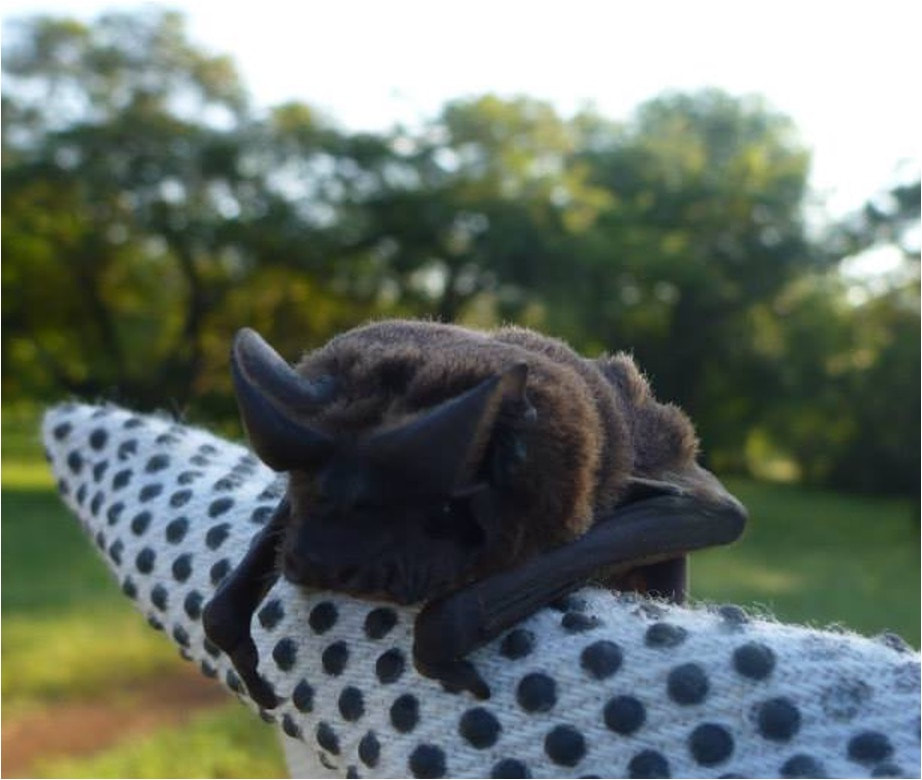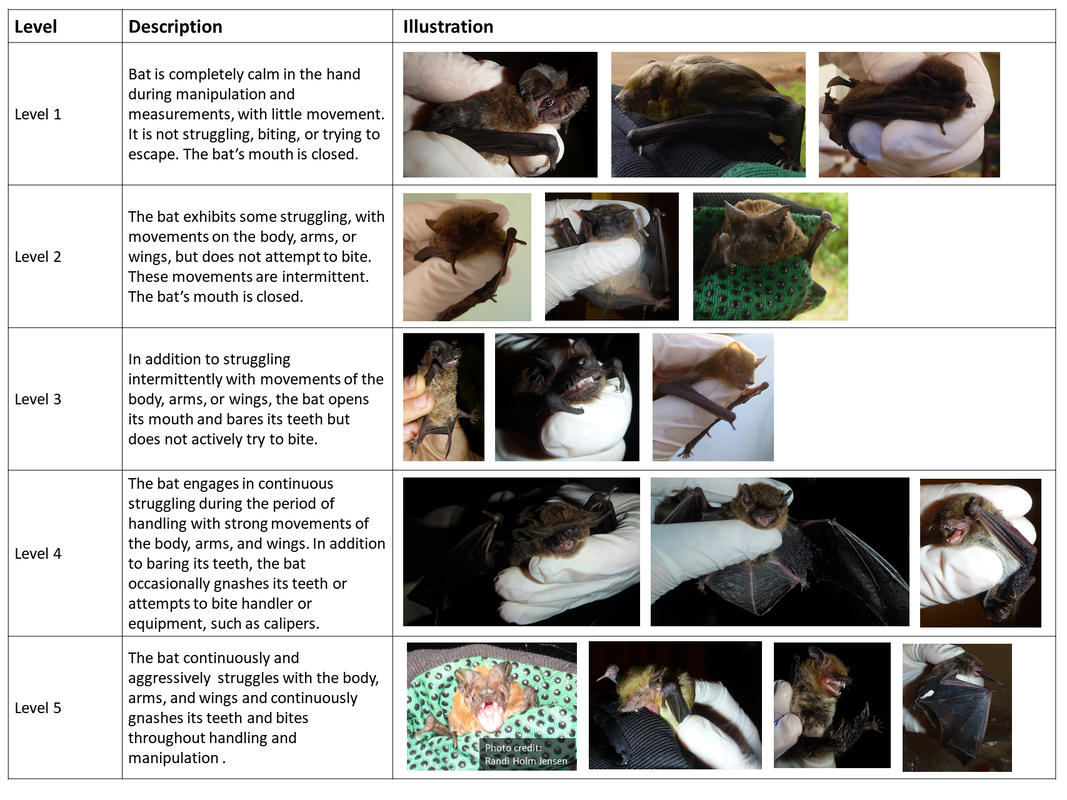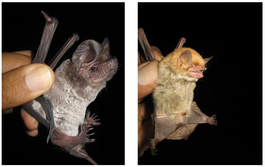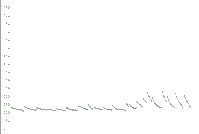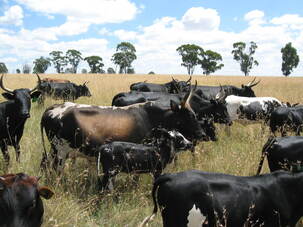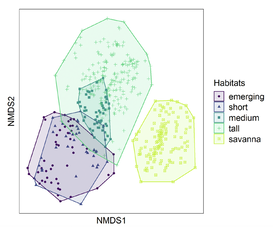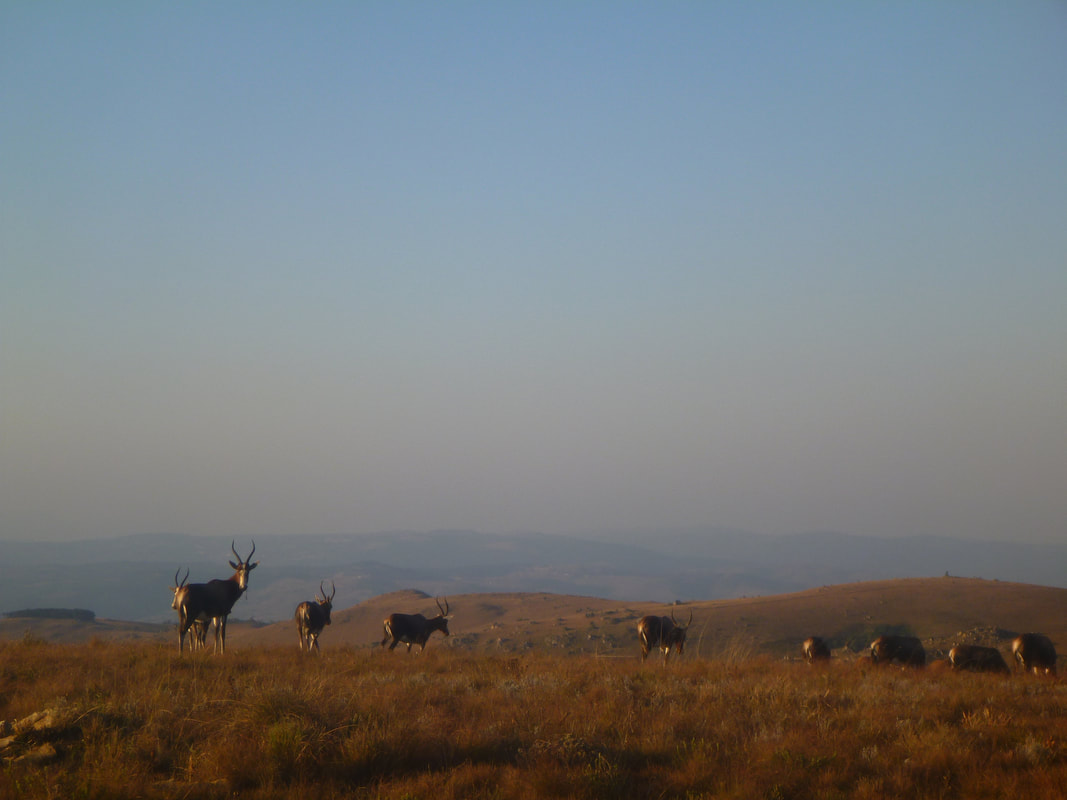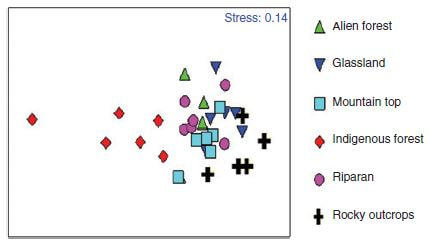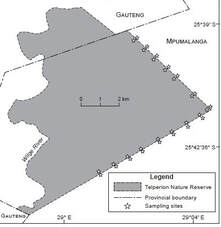Biodiversity in Changing Landscapes
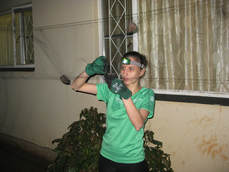 Taking bats out of a mist-net, Simunye, Eswatini
Taking bats out of a mist-net, Simunye, Eswatini
Land-cover and land-use change is one of the main drivers of biodiversity loss across the globe. For my PhD, I researched the effects of land-cover and land-use on bats in northeast Eswatini (Swaziland), a mosaic of protected savannas, intensive sugarcane plantations, and rural settlements, in collaboration with researchers at the University of Eswatini and the University of Copenhagen. In addition to these larger scale patterns, I also studied the general ecology of the bats in the region, as well as additional collaborations with students and other researchers in the region on the effects of land management on other taxa, such as rodents, birds, and cattle.
You can find out more about each part of this project below!
You can find out more about each part of this project below!

